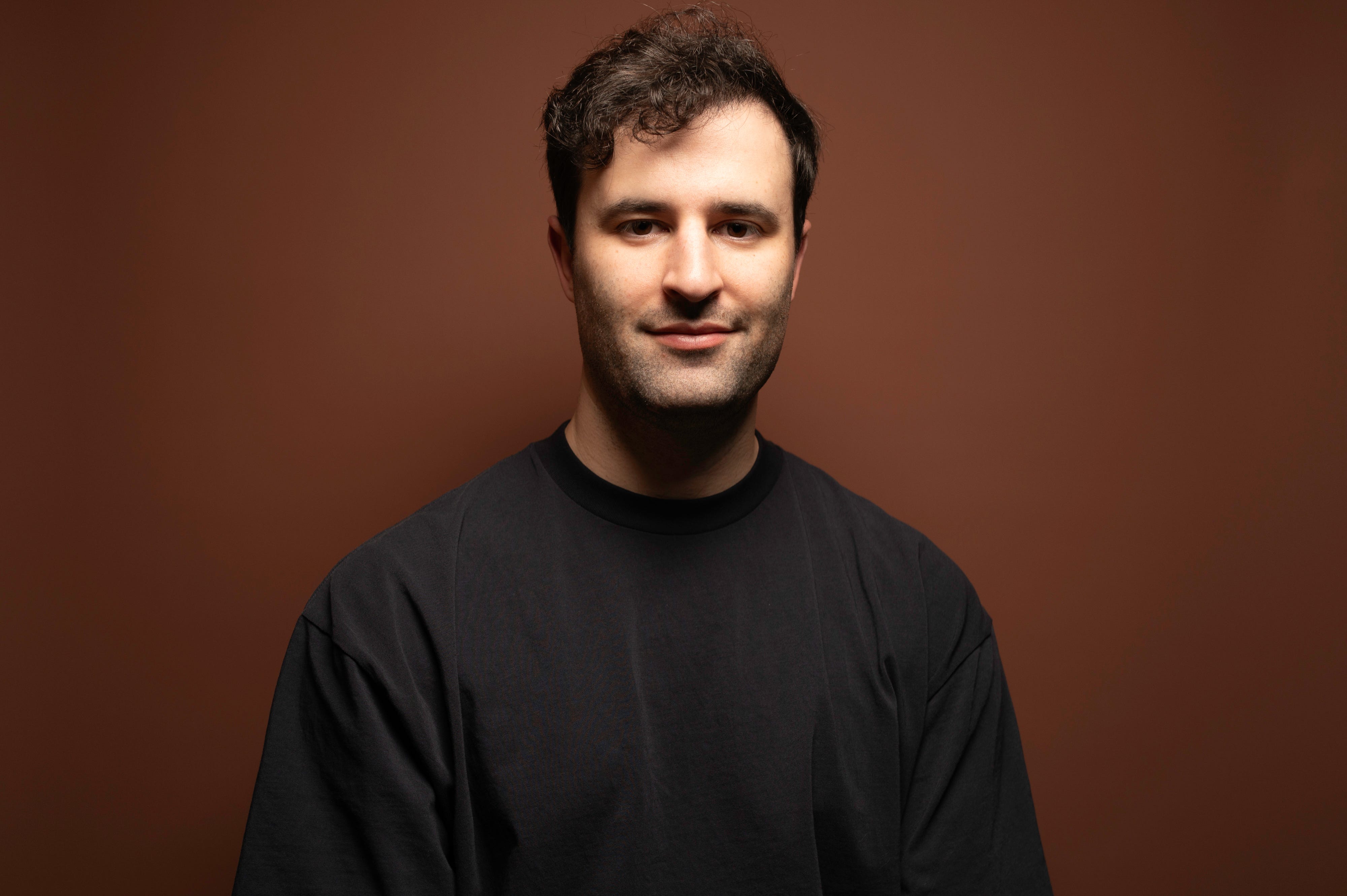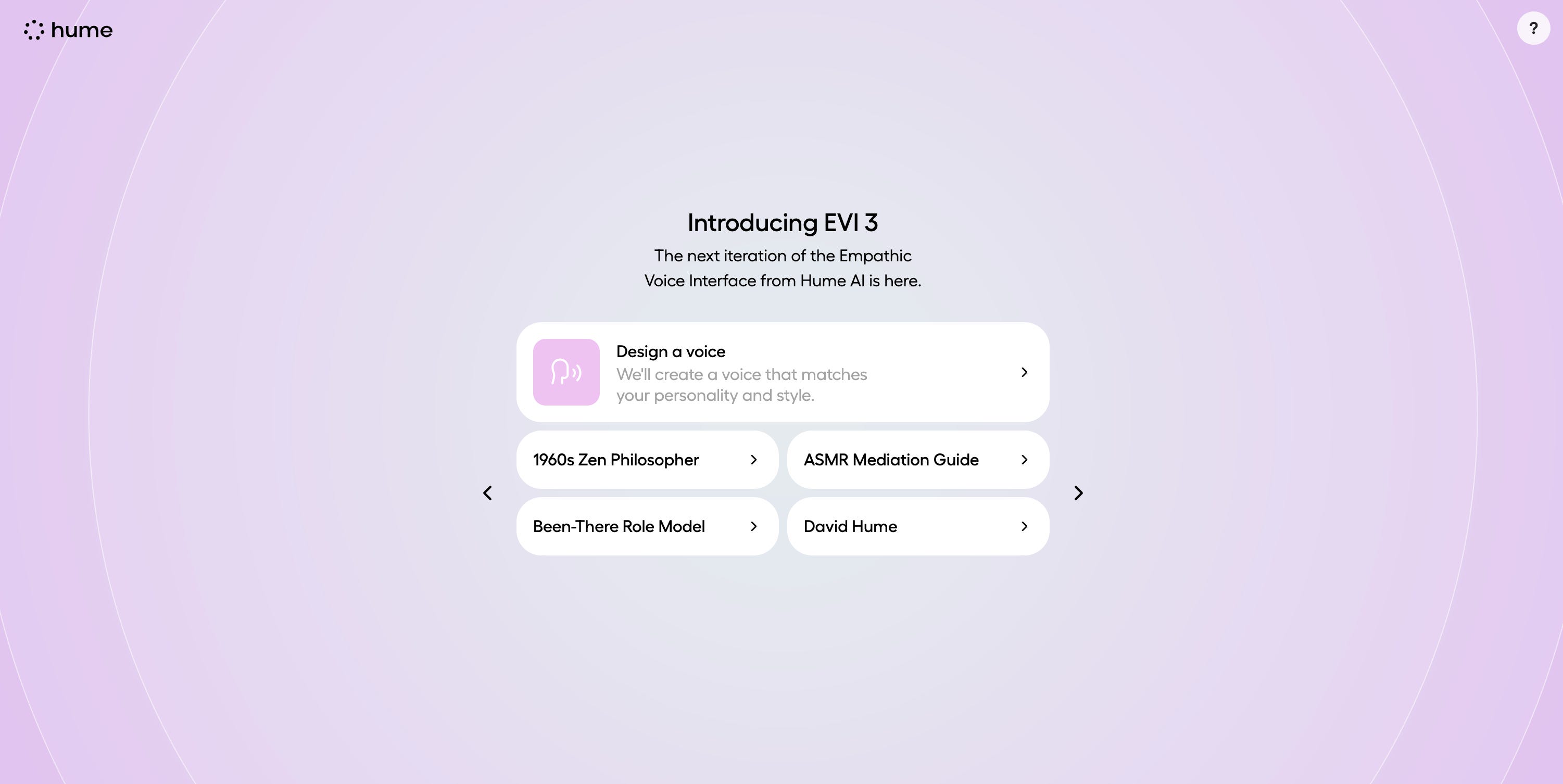
Getty Images
Voice assistants are becoming a bigger part of our daily lives, and hype from frontier labs like OpenAI has sparked debate about whether talking chatbots might actually be a substitute for real human connections.
But in many health and social care contexts, voice AI is less about replacing human-human connections and more about filling gaps and freeing up staff from busywork. In clinics across the US, AI-powered voice tools are already calling insurers and handling paperwork, freeing up staff for more meaningful, patient-facing work.
At the individual level, AI voice companions are stepping in to offer conversation and comfort to people who might otherwise have no one to talk to.
Cutting admin headaches
One big pain point in US healthcare is the time staff spend on the phone with insurers, chasing approvals, waiting on hold, and dealing with endless paperwork.
Cencora, a major US healthcare distributor and clinic operator, faces this problem daily. Its teams handle benefits verification, pharmacy services, and specialty drug management — tasks that require huge volumes of repetitive phone calls.
“There are a lot of administrative phone calls that have to be made,” said Jeff Buck, Cencora’s vice president of digital solutions. Internal audits show benefit verification calls at Cencora can take up to 90 minutes, and call volumes spike tenfold in January.
Human staff handled every call, but as demand grew, Buck says Cencora turned to Infinitus, a San Francisco startup founded by former Google engineer Ankit Jain, to help automate the process.

Infinitus
Infinitus develops AI agents to handle calls, collect information, and flag tricky cases for a human to review.
Jain said the idea came after seeing Google’s AI for making phone calls on behalf of users, called Duplex voice AI, and realizing similar tech could tackle healthcare’s chronic hold-music problem. “No one goes into healthcare to wait on hold — people work in healthcare to serve patients,” Jain told BI.
Now, instead of staff waiting down the line, Infinitus’s voice agent, Eva, helps Cencora handle calls, ask questions, and update records automatically. “Eva will actually converse with the payer counselor, changing the way she asks questions based on how the payer responds,” Buck said. If something’s unclear, he added, Eva escalates it to a human.
Cencora says oversight is still key, and every Eva call is recorded and spot-checked by the quality team. Cencora said Eva now completes as many calls as over 100 full-time staff and processes requests four times as fast as before. “Our test showed that Eva even caught and addressed inconsistent information that came up during verification calls,” Buck added.

Cencora
“In healthcare you can’t hallucinate,” said Jain, adding that the agent only says things that have been “pre-approved.”
A 2024 Mayo Clinic review found that AI-powered documentation tools, including voice-to-text and note summarization, can significantly cut clinicians’ time spent on paperwork, freeing up more time for patient care and reducing burnout. Some studies cited in the review found AI assistants could reduce documentation time by up to 70%, though results vary by setting and tool.
But even with wins like Cencora, Jain said rolling out new tech in healthcare means long sales cycles and constant return on investment audits. “Change moves slowly when so much of the industry still runs on fax,” he said.
Everfriends and Hume AI add empathy
Voice AI isn’t just freeing up admin time; it’s also stepping in to offer comfort and companionship to those who need it most.
For entrepreneur Daniel Hungerford, the potential of the tech became clear after his father died and his mother was left alone. “It broke my heart every time she said, ‘You’re the only person I’ve talked to today,'” Hungerford told BI.
That inspired him to build Everfriends, a smartphone app that acts as a digital companion for seniors and people with dementia. “We set out to make companions that are ultra-realistic, compassionate, empathetic digital best friends,” Hungerford said. “We know we can never replace human contact, but our goal was to simulate it as closely as possible for those gaps in life.”
To build a companion that could respond vocally with real empathy, Hungerford used Hume AI, a New York-based startup led by Alan Cowen, a veteran of Google and Meta. “We’re now able to have models that listen as well as they speak,” Cowen told Business Insider.

Hume AI
Hume’s system relies on millions of human-labelled emotion samples, which Hungerford says helps Everfriends pick up on a user’s mood and intent, and respond in a way that feels natural. If someone sounds anxious or sad, the AI adapts. “If you pop onto Everfriends and you act a little bit down today, it knows that you’re down today,” Hungerford said. For people with dementia, it slows down or repeats itself as needed, he added.

Hume
Hungerford said hundreds of people have used Everfriends so far. Families, he said, say it helps loved ones feel connected.
A 2025 review of 13 studies found that about 85% of studies reported reduced loneliness in older adults who used voice assistants, particularly when the devices were personalised and users were given support to get started. The authors said, however, that more research and larger, more diverse samples were needed.
Why voice AI still needs humans
Each founder agreed that voice AI isn’t a silver bullet. There are technical and social limits, from speech errors and background noise to privacy and digital exclusion, especially for older users or those with strong accents or cognitive decline.
Jain said trust and transparency are essential. “The voice agent should say, ‘I can’t do it, so let me find you another AI agent or a human agent that can take it.'”
Similarly, voice AI isn’t a substitute for human connection or oversight, but it can be a powerful complement. The founders all said their technology is designed to support, not replace, humans.
For Buck, success comes down to pairing people and technology. “The real power isn’t replacing people but marrying them with AI,” he said.
Hungerford added, “We know we can never replace human contact, but our goal is to simulate it as closely as possible for those gaps in life.”
Cowen agrees: “The goal isn’t to make AI perfectly human. It’s about whether people feel heard, get what they need, and would come back.”
He added, “Realism shouldn’t be the goal. We optimize for whether users feel their goals were met — and that they don’t feel they owe the AI anything.”
The post How voice AI can slash healthcare clinicians’ workloads — and offer companionship for older adults appeared first on Business Insider.




